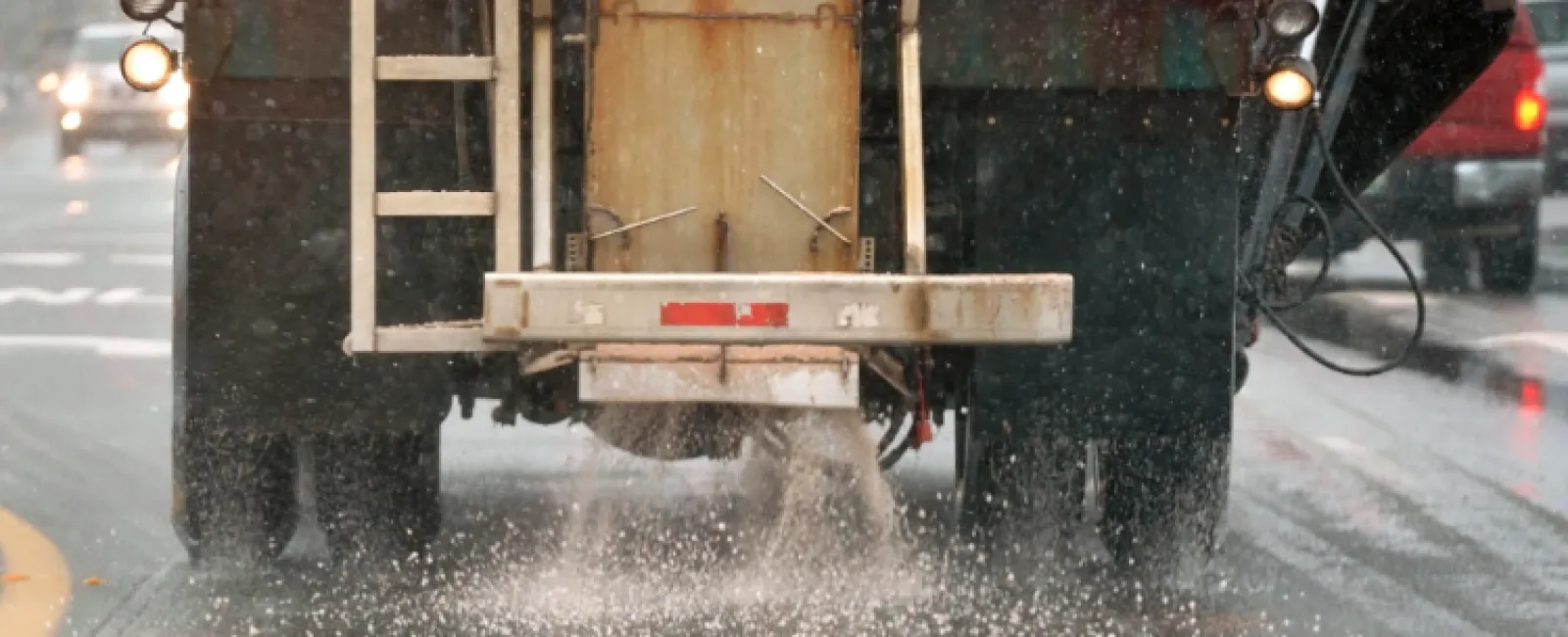If you live where winter brings snow and ice, you've seen trucks spreading salt on the roads. Salt helps melt ice and keep roads safe, but it can also hurt your vehicle. Let's explore how salt makes rust form faster.
What Is Rust?
Rust happens when iron mixes with oxygen and water to make iron oxide. This process takes time, but water speeds it up. Water helps iron break down and turn into rust. For more info on what rust is exactly, see our other post "The Science of Rust"
How Salt Speeds Up Rust
When salt, like the kind used on roads, mixes with water, it splits into tiny particles called ions. These ions make the water better at carrying electricity (more "conductive"). This makes rust form faster because the chemical reactions can happen more quickly when the water is more conductive.
Chloride ions, which come from salt, are especially harmful. They are good at breaking down the thin protective layer on metal, making it easier for rust to form.
How This Affects Your Car
If you live near the ocean or in a place that uses road salt, your car will rust faster than in dryer or warmer regions. Saltwater can splash onto the underside of your car and stay there, even after the water dries. Over time, this can cause serious damage, weakening your vehicle's frame, brake lines, control arms, fuel tanks, shocks/struts... the list goes on... leading to expensive repairs.
How to Protect Your Car from Rust
One of the best ways to stop rust is by using a protective coating. A lanolin-based undercoating, made from sheep's wool, creates a barrier that keeps moisture and salt away from metal surfaces. Lanolin is thick, naturally water-resistant and sticks well to metal, giving your car long-lasting protection.
Stay ahead of rust and keep your car strong, no matter the season!
